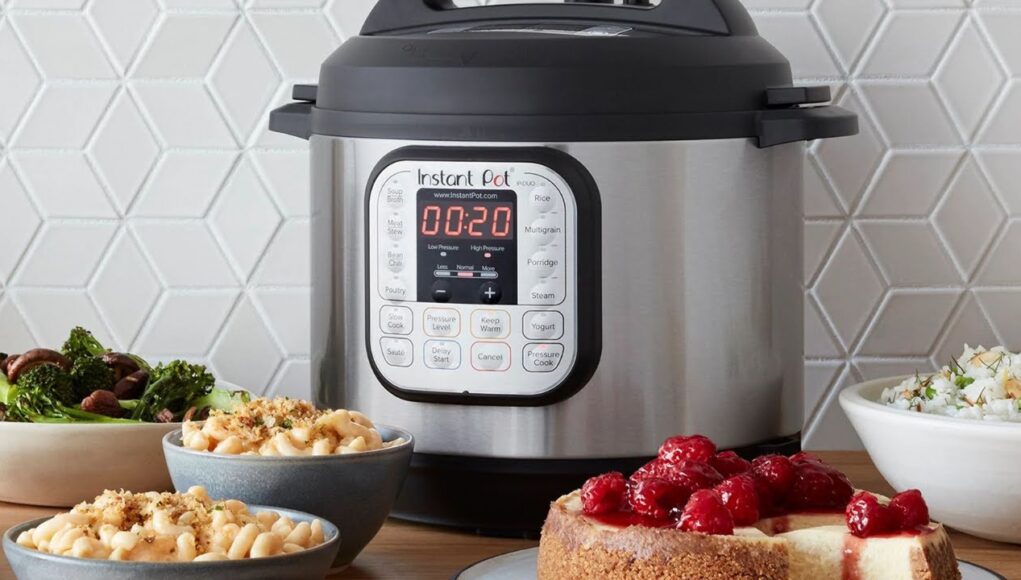If you’ve ever asked yourself why rice gets spoiled easily in a rice cooker, you are not alone. Many people find that their toasty, fragrant grains sometimes end up unappealingly spoiled. Let’s explore this unexpected phenomenon, ensuring flavorful and fresh rice every time you cook.
The primary reason for this spoilage centers on improper rice storage and cooking methods. By understanding these aspects, you can prevent wastage and enjoy perfect rice.

Understanding Rice Spoilage
What makes rice in a cooker spoil faster? Typically, it involves a combination of humidity, temperature, and timing.
The Role of Humidity
Humidity is detrimental to rice preservation. Excess water can create a breeding ground for bacteria and mold, which can easily spoil your rice.
The Impact of Temperature
Temperature management is crucial. As rice cools, warm, humid environments facilitate the growth of harmful bacteria such as Bacillus cereus, known for causing food poisoning.
Timing is Everything
Leaving rice in the cooker for prolonged periods contributes to spoilage. Cooked rice should be consumed within a few hours for optimum safety and flavor.
How to Store Cooked Rice Safely
For keeping rice suitably fresh, proper storage is paramount.
Cooled Storage
Once cooked, let your rice cool rapidly. Transfer it to a shallow, open container to facilitate quicker cooling before placing it in the fridge.
Avoiding Cross-Contamination
Keep cooked rice away from raw foods and moisture. Store it in an air-tight container, ideally in the coldest part of your fridge.
Tips to Get Fresh, Non-Spoiled Rice
Some simple yet effective tips can enhance your rice-cooking experience.
First, Use Fresh Water
Always use fresh, clean water when cooking rice. Stale or impure water can adversely affect the grain’s quality.
Cook Adequate Quantities
Cook only the amount you foresee using in one meal. This reduces the storage time and the risk of spoilage.
Utilize a High-Quality Rice Cooker
Investing in a capable rice cooker really matters. Use [quality rice cookers](https://www.tilda.com/blog/equipment-guide/a-guide-to-rice-cookers/) to ensure excellent temperature management and cooking precision.
External Tips for Perfect Rice
Considering an external perspective, [this guide](https://www.goodhousekeeping.com/food-recipes/cooking/a31811942/how-to-cook-rice-in-rice-cooker/) offers noteworthy insights on using water ratios and cooking methods. Learning how to cook rice effectively reduces spoilage risk!
Recommended Practices
Lets delve deeper into solutions for keeping rice fresh and fragrant.
Efficient Ventilation
Avoid placing your rice cooker in an airtight corner. Good ventilation prevents moisture and overheating.
Set Schedule for Cooking
Plan meals in advance to cook only whats required. Timelines can prevent unnecessary reheating, prolonging freshness!
Cycle Cleaning
Regulate your rice cookers cleanliness with regular checks, maintaining an inviting aroma for subsequent uses.
Frequently Asked Questions
1. Can reheating prevent spoilage??
Reheating can kill some bacteria but best practice standards advise against storing cooked rice for long periods.
2. When should I discard stored rice?
Discard refrigerated rice within three to four days. Longer storage might harbor spoilage or bacterial growth.
3. Is freezing a good solution??
Freezing is an excellent way to prolong rice shelf life, allowing a fresh taste even after a week.
Find more meal ideas by exploring [how to use a rice cooker](https://chickenthingsandmore.com/how-to-use-aroma-rice-cooker-steamer/) effectively!

Conclusion
Maintaining rice integrity in a rice cooker can be simple with correct techniques. Ensure you only cook what’s necessary, and always cool and store rice appropriately for lasting freshness. As you can see, with careful attention and thoughtful preparation, rice spoilage in the rice cooker becomes a manageable hurdle.
This article contains affiliate links. We may earn a commission at no extra cost to you.










